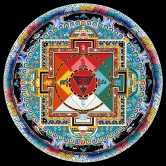Sacred Geometry: Sand Painting

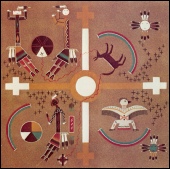
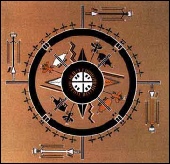
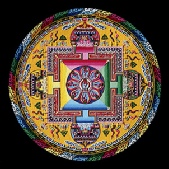
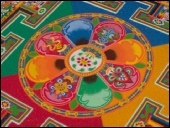
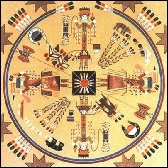

Sand Painting is a fascinating meditation involving elements of sacred geometry and color and intention. Primarily practiced in the Native American Navajo Nation and with the Tibetan Monks, this sacred art is stunning, inspiring, and temporary.
The dry sand creations depict"places where the gods come and go" in the Navajo language. They are used in curing ceremonies in which the gods' help is requested for harvests and healing.
The figures in sand paintings are symbolic representations of a story in Navajo mythology. They depict objects like the sacred mountains where the gods live, or legendary visions, or they illustrate dances or chants performed in rituals.
Formed of a traditional prescribed iconography that includes geometric shapes and a multitude of ancient spiritual symbols, the Tibetan sand-
Traditionally most sand mandalas are deconstructed shortly after their completion. This is done as a metaphor of the impermanence of life. The sands are swept up and placed in an urn; to fulfill the function of healing, half is distributed to the audience at the closing ceremony, while the remainder is carried to a nearby body of water, where it is deposited. The waters then carry the healing blessing to the ocean, and from there it spreads throughout the world for planetary healing


